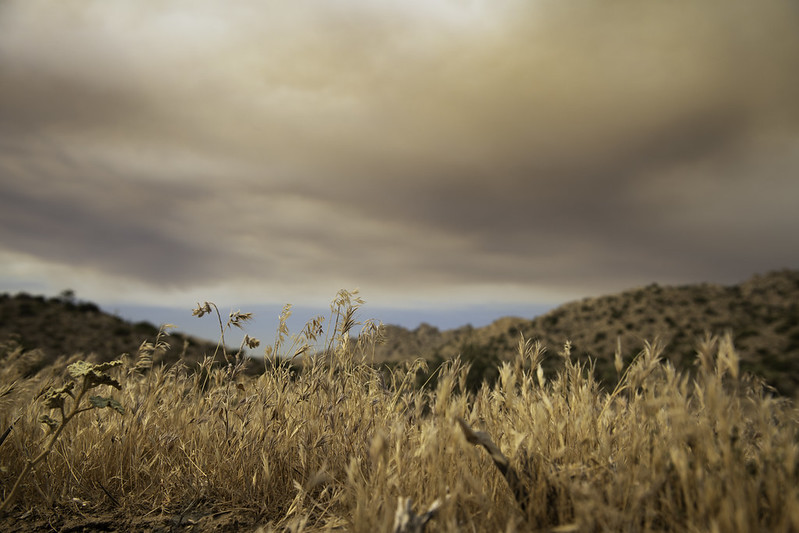News Release

NPS / Emily Hassell
|
Subscribe
|
Contact: Jennifer Albrinck, 760-367-5520
Contact: Hannah Schwalbe, 760-367-5555
Joshua Tree National Park vegetation and fire management staff are preparing for a fuel reduction project from March through May 2021. Park staff will implement fuel treatments along Black Rock trails and Covington Flats roads. Crews will be in the area for the next 12 weeks, through the end of May.
The removal of grasses and brush reduces potential flame lengths and fire intensity along roadways and trails. This work will improve the effectiveness of trails and roads as a barrier in the event of a future wildfire. Invasive plant species propagate particularly well in disturbed areas including along roadsides. This creates issues for fire engines accessing areas and may cut off their exit paths if fire spans the road.
Fuel treatments also provide an opportunity to protect Joshua tree forests in the area. Joshua trees and other native vegetation are vulnerable to fire. Fires in 1995, 1999, and 2006 burned through this area and lack of Joshua tree regeneration demonstrates the long-term negative impacts.
Historically, fires in the Mojave Desert were limited in extent because native shrubs and trees are widely spaced in deserts and grasses are not abundant. However, human activities may be contributing to the increased frequency and severity of fires. The number and intensity of lightning fires have increased over the past 50 years. Before 1965 most lightning fires burned less than one-quarter acre. After 1965 more large fires and more frequent fires have been recorded. In 1979 the Quail Mountain fire burned 6,000 acres; in 1995 the Covington fire burned 5,158 acres. And in 1999, the largest fire in Joshua Tree’s history, the Juniper Complex fire burned 13,894 acres of slow-growing California junipers, pinyon pines, and Joshua trees. The increase in wildfire activity may be contributed to drier and warmer conditions and an increase in invasive plant species.
Last updated: March 18, 2021
